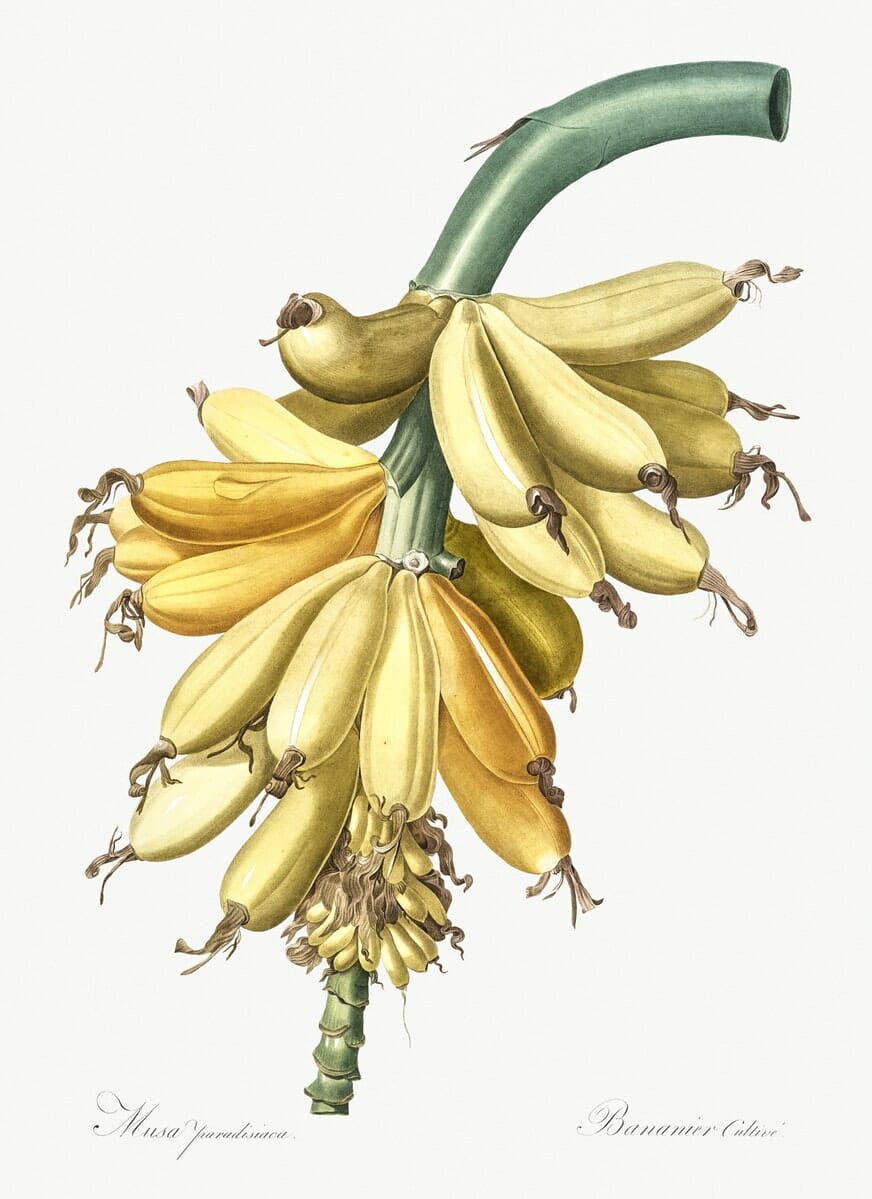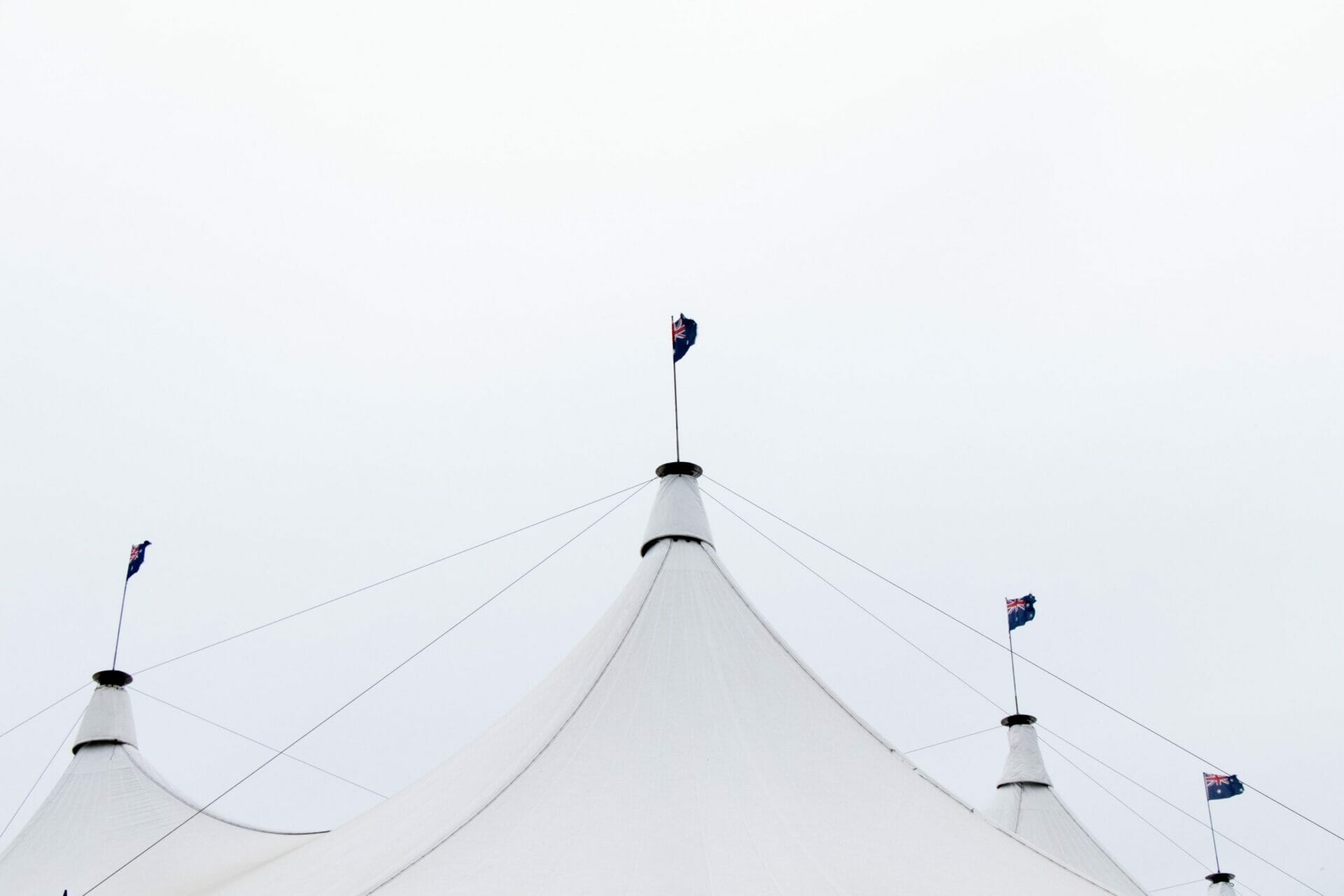
One Art | Losing is not the end of the world
Author
Year
Format
In a letter dated the 15th of August 1957, the American poet Elizabeth Bishop wrote to her dear friend and colleague Robert Lowell: “When you write my epitaph, you must say I was the loneliest person who ever lived”. Although it may seem a somewhat bitter point of view of her life, Bishop did indeed suffer from many different losses. Her parents died while she was pretty young, and she went through many farewells as she traveled and lived in different cities and countries. Instability could be said to have permeated her whole existence. The poem One Art, part of the collection Geography III (1976), is precisely about the experience of loss that concerns every human being.
Overcoming the pain of loss
The art of losing isn’t hard to master;
so many things seem filled with the intent
to be lost that their loss is no disaster.Lose something every day. Accept the fluster
of lost door keys, the hour badly spent.
The art of losing isn’t hard to master.
One Art reduces life to a gradual process of loss. The first line refers to learning, to acquire a form of knowledge, which itself is an art. However, in this case, the art Bishop is talking about is the art of losing: a quite bizarre paradox since usually learning means to achieve, acquire or get something, not to let it go. The list of losses counts, among other things, places, and names, or her mother’s watch. Yet, that list becomes more and more terrible as the narration proceeds, and each successive loss renders the previous ones less important.
—Even losing you (the joking voice, a gesture
I love) I shan’t have lied. It’s evident
the art of losing’s not too hard to master
though it may look like (Write it!) like disaster.
In the last stanza, Bishop mentions the loss of a lover, perhaps the most unbearable and yet, as many others, overcome. This last part of the poem suggests how to cure the pain of loss. In an essay about One Art, the Irish poet Seamus Heaney notes that in the last line, there is an emphasis on the verb “write.” It is in brackets and italics and followed by an exclamation point. He highlights the fact that the verb “to write” puns on another verb, “to right” (meaning, to correct): they are spelled differently but sound the same. Ergo, poetry – and more generally, writing – functions as a correction of the disaster caused by loss. The whole poem is a struggle to name everything that went away to feel less hurt.
Bishop’s poetic attitude
Bishop was close to the literary environment of Confessional Poetry (the same movement which included Sylvia Plath, Robert Lowell, and Anne Sexton), but she distanced herself from their style, which she deemed too morbid and distressing, calling them “the self-pitiers”. Bishop, in fact, inserted sparse details from her personal life in her literary production, favoring a more objective, discreet, and distant point of view. Marianne Moore, her friend, and poetic mentor was an admirer of her “rational considering quality”.
Even in One Art, she does not take a sentimental approach. On the contrary, she opts for a conversational tone and a rhythmic poetic form, the Villanelle, that gives lightness to the whole poem. The villanelle consists of five tercets and a quatrain, that, in One Art, are made of iambic pentameters. Bishop made a few variations as compared to the original scheme, a change allowed by the structure of the villanelle itself. In addition, she implemented a system of pauses marked by commas, enjambments, and caesuras that create a movement called “stop and go.” That is not causal or casual: it is a stylistic feature that mirrors the routine of losing, forgetting, and losing again.
Tag
Buy a ☕ for Hypercritic










